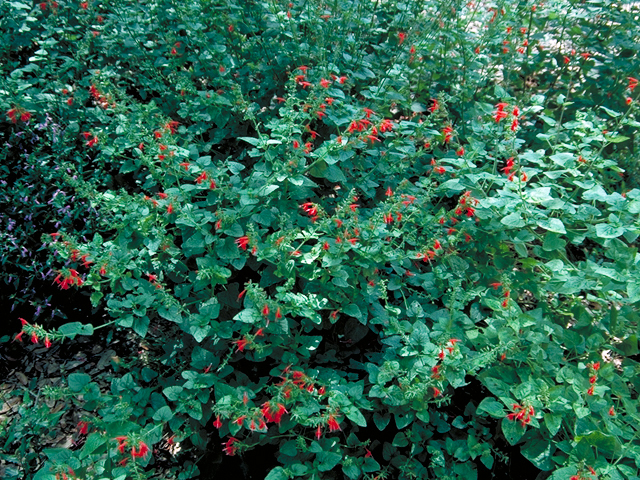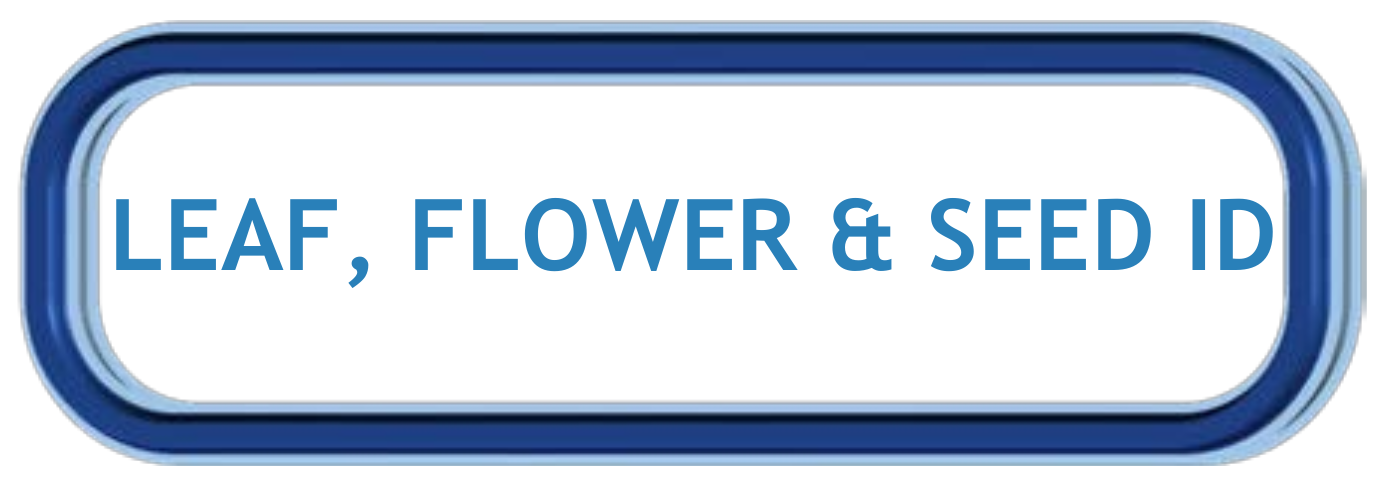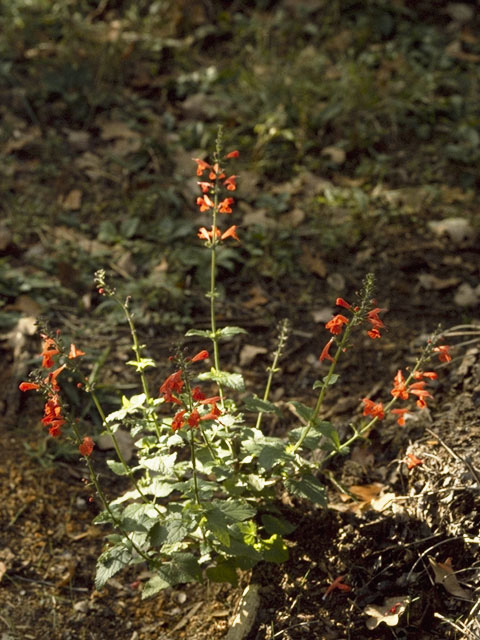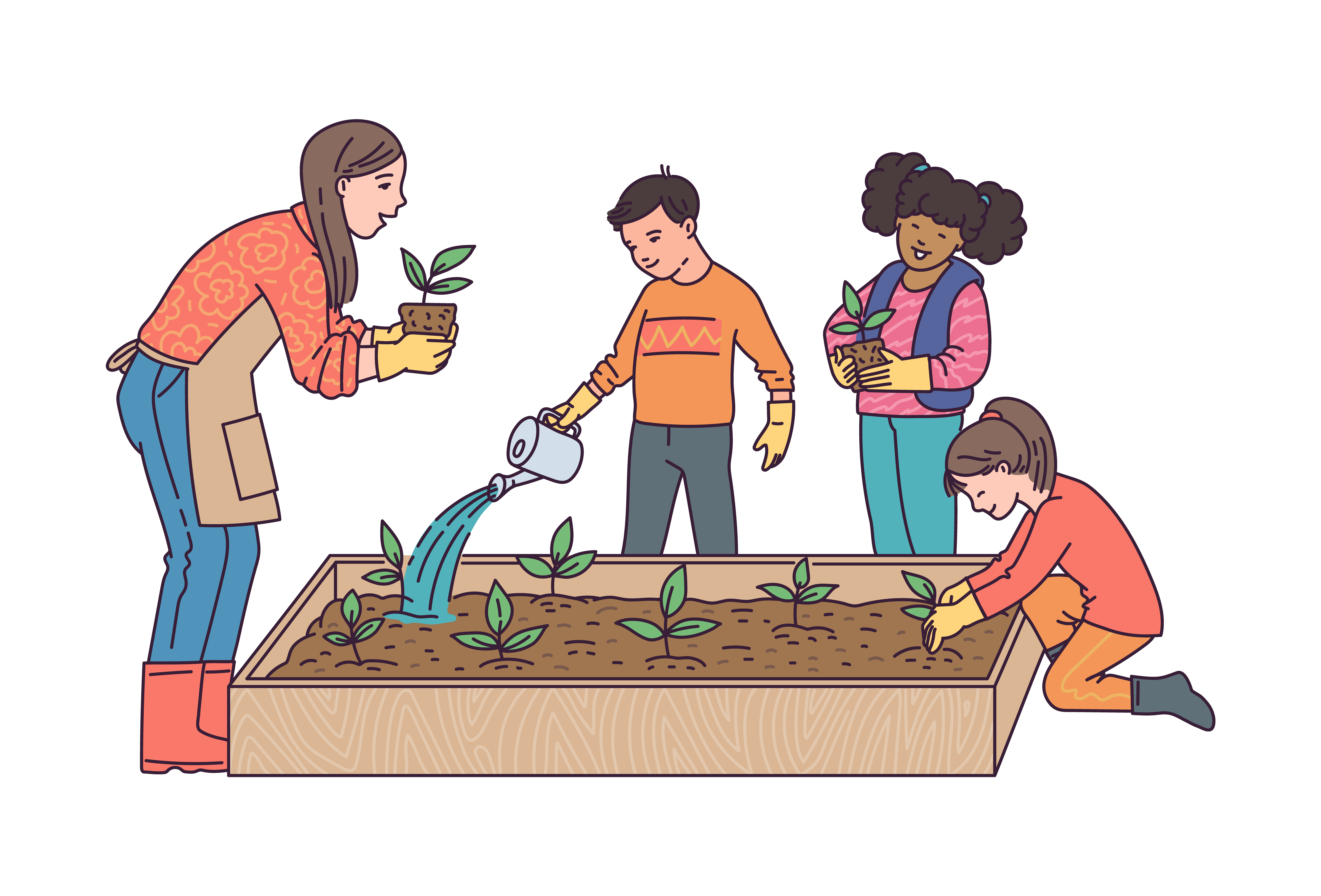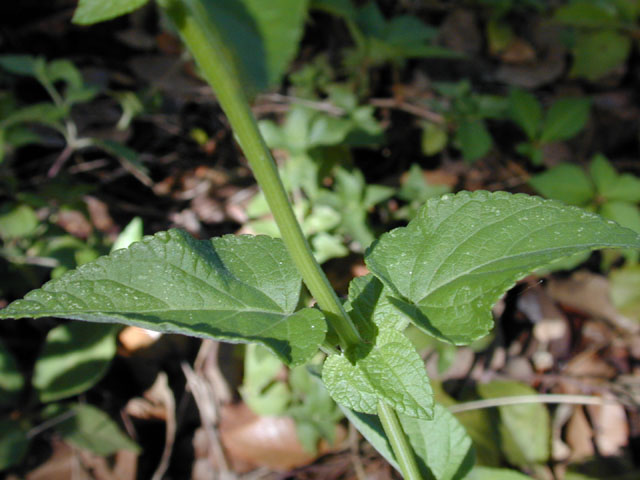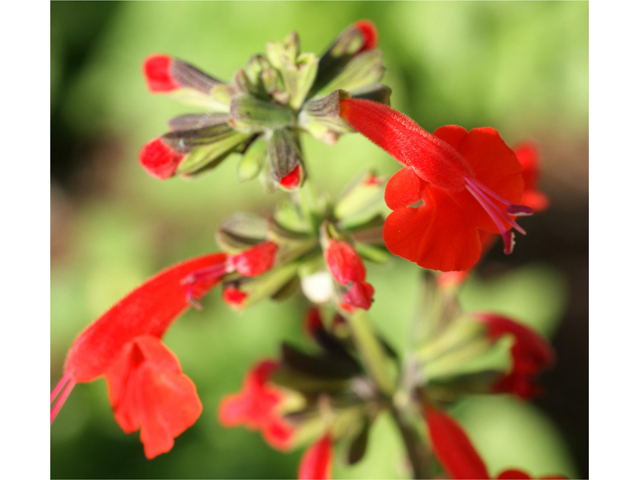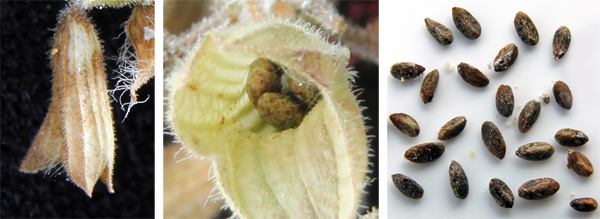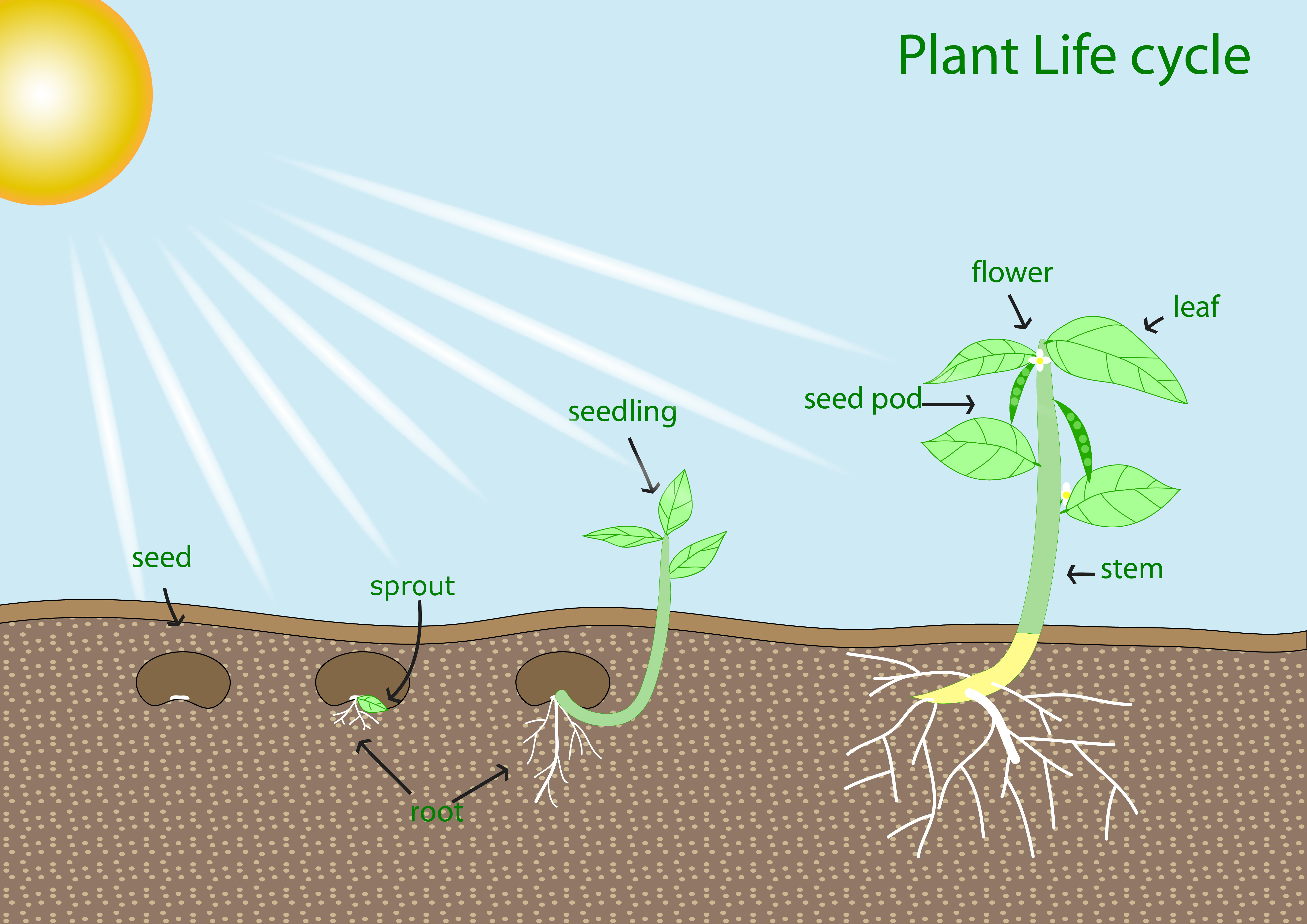Dig into Plants: Red Sage
Red Sage Other Common Names: Scarlet Sage, Tropical Sage, Blood Sage, Indian Fire Scientific Name: Salvia coccinea Alternate Non-Native Non-invasive Species: Woodland Sage (Salvia nemorosa) or Russian Sage (Salvia yangii or Perovskia atriplicifolia) Autumn Sage (Salvia greggii) Pineapple Sage (Salvia elegans) Native to Alabama: Yes |
|
Lady Bird Johnson Wildflower Center Mary Kline Click on image to enlarge it |
Learn more about...
| Ecological Benefits |
| This plant provides food for: | |||
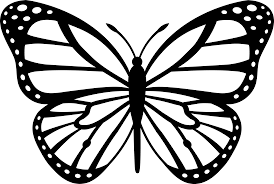 |
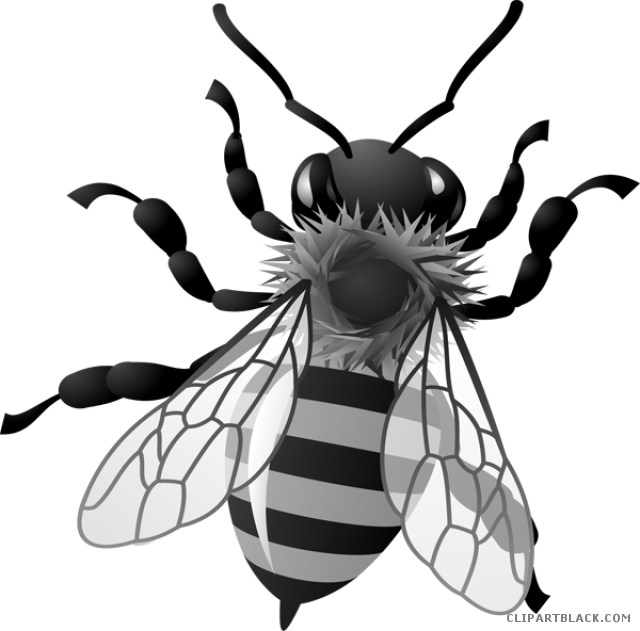 |
 |
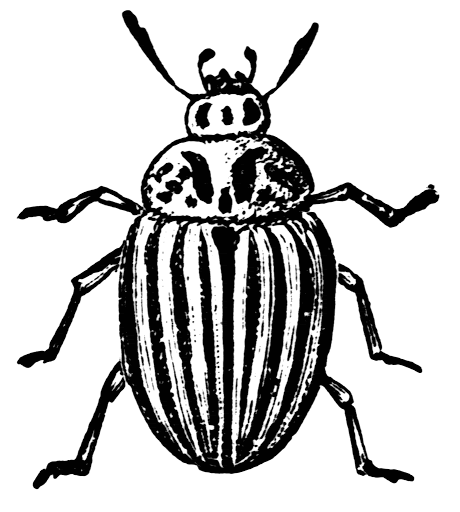 |
| Butterflies | Native Bees | Hummingbirds | Other Pollinators |
| Other Plants Found in Alabama with Similar Ecological Benefits: |
|||||
| Azure sage (Salvia azurea) |
Pitcher Sage (Salvia azurea var. grandiflora) |
Lyreleaf Sage (Salvia lyrata) |
|||
|
|
|||||
| Habitat Requirements | |||
| This plant prefers: | |||
|
(6+ hours of sun per day) (2-6 hours of sun per day) |

Average Watering
|
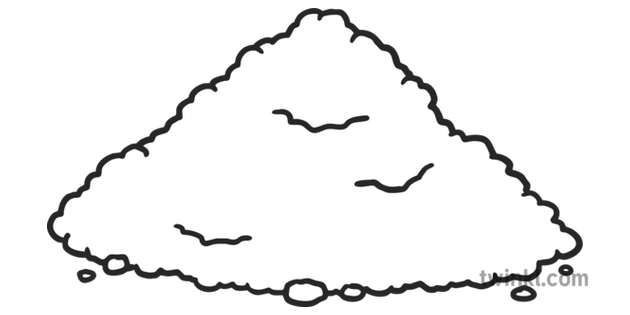 Well-drained, Sandy, Loamy, Clay, Acidic, Well-drained, Sandy, Loamy, Clay, Acidic,or Moist Soil |
|
| Leaf, Flower & Seed Identification | |||||
| LEAF DESCRIPTION |
Lady Bird Johnson Wildflower Center
Joseph A. Marcus Click on image to enlarge it |
||||
| Leaf Characteristics Chart (PDF) | |||||
| Shape: Ovate or Deltoid |
Margin: Serrate |
Arrangement: Opposite |
Form: Simple |
||
|
|
|
|
|||
| Description: | |||||
|
2-inch long, broadly triangular, hairy, medium green
|
|||||
| FLOWER DESCRIPTION |
Lady Bird Johnson Wildflower Center
Ray Mathews Click on image to enlarge it |
|||
| Flower Shape Chart (JPG) | ||||
| Color: Bright scarlet red, pink, white |
Shape:
Tubular
|
Bloom Months: Feb - Oct |
||
| Description: | ||||
|
Several whorls of red flowers form widely spaced flowering spike up to 10-inches long on a square stem; flowers are less than 1 inch long and two-lipped with smaller upper lip and larger lower lip
|
||||
| SEED DESCRIPTION |
University of Wisconsin-Madison
Master Gardener Program Division of Extension Click on image to enlarge it |
||
| Type: Fruit - Dry Seed Pod |
Description: Up to four tiny seeds at the bottom of each dried calyx |
||
| Plant spreads by: | |||
| Seeds Freely self-seed in warm winter climates |
|||
ADDITIONAL RESOURCES FOR TEACHERS
| Quick Fact Sheet (Condensed Species Info) |
Plant ID Sign: Ready as-is PDF |
Plant ID Sign: Editable Word Doc |
QR Code (Links to this Webpage) |
INFORMATION SOURCES FOR THIS PLANT
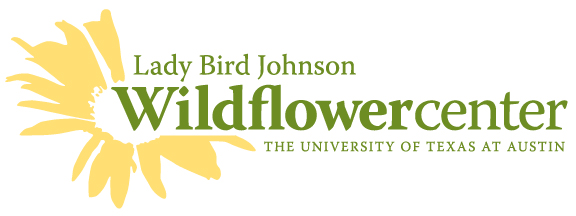 |
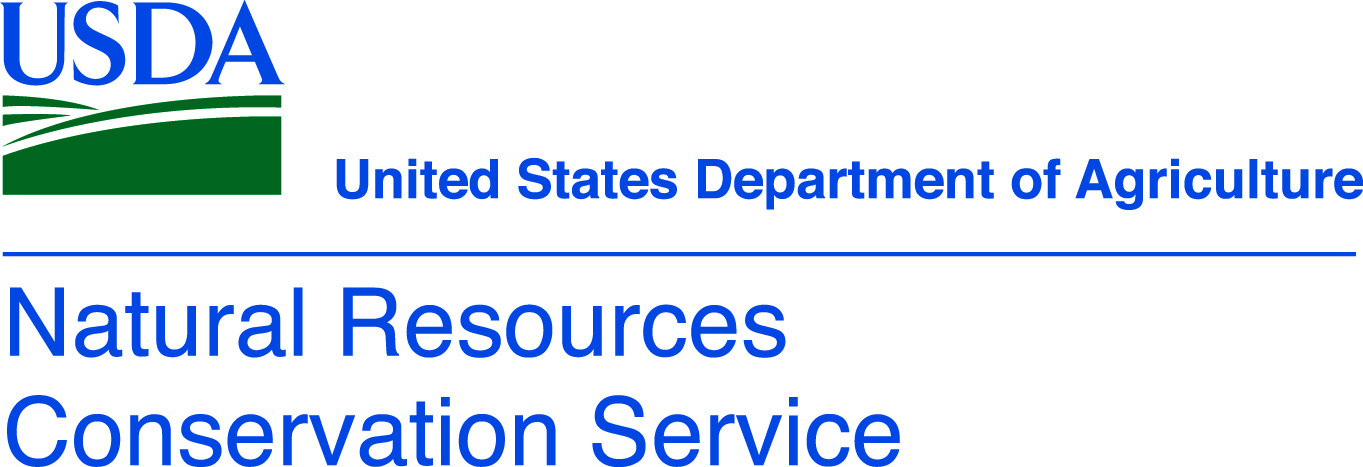 |
|
|
|
|
|
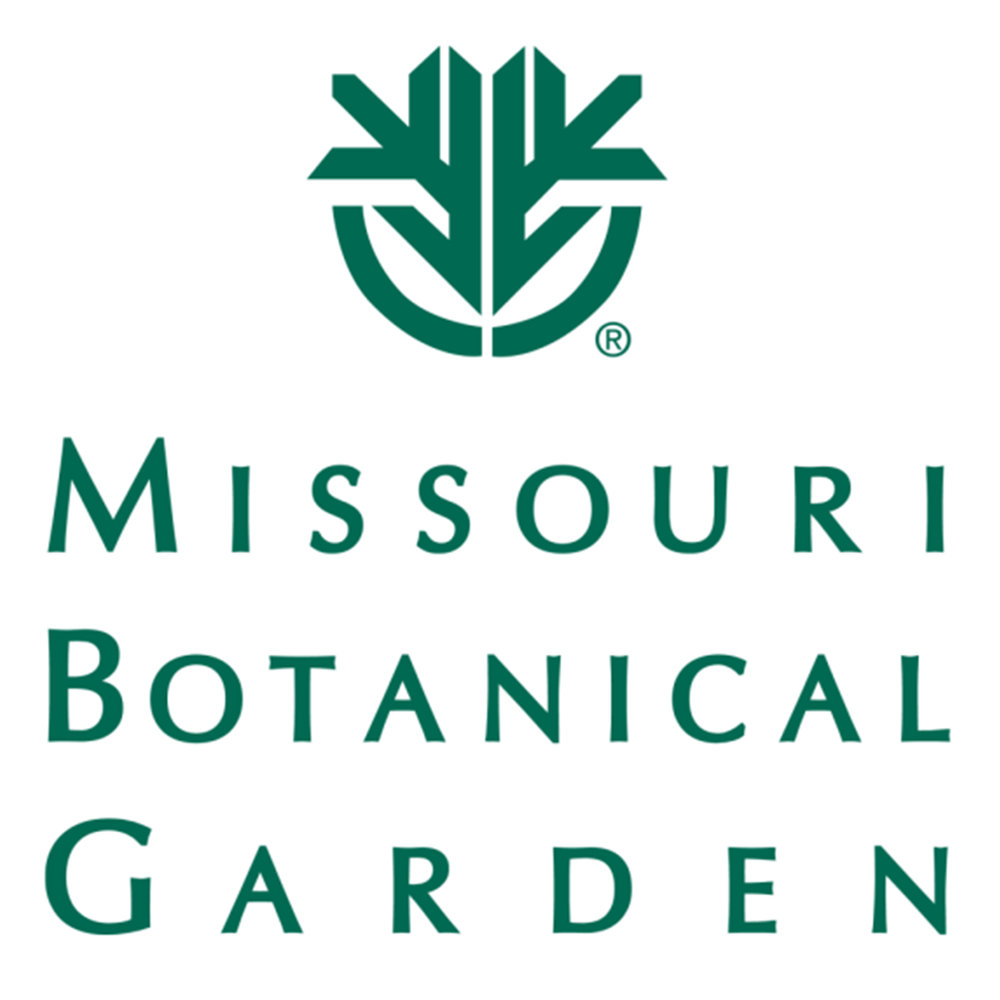 |
|
 Wildlife Tag
Wildlife Tag
